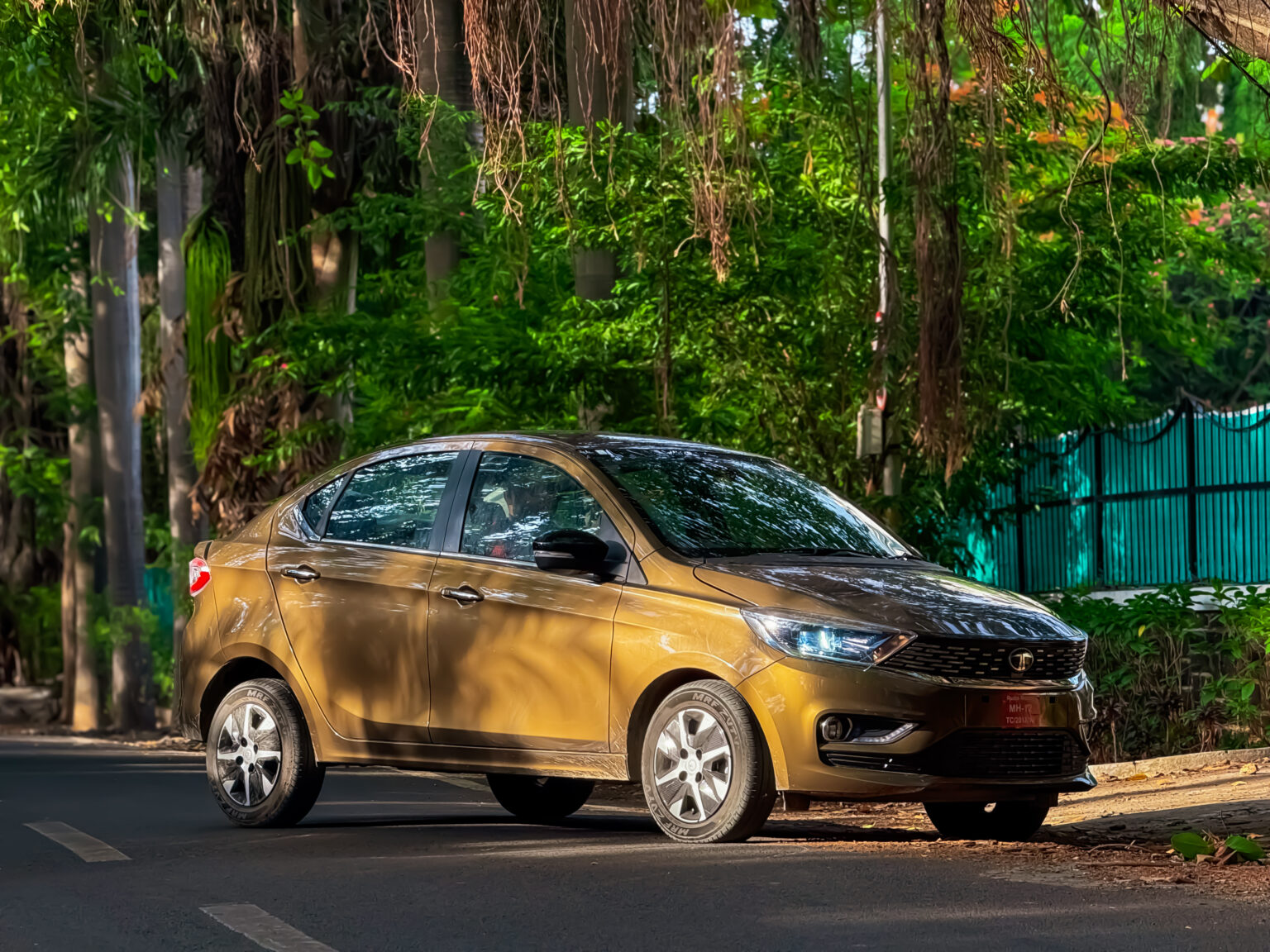Smart, frugal, and future-ready—the Tigor iCNG proves going green doesn’t need a plug. The automotive world is undergoing a quiet but steady…
Smart, frugal, and future-ready—the Tigor iCNG proves going green doesn’t need a plug.
The automotive world is undergoing a quiet but steady transformation. Internal combustion engines (ICE) are no longer the default choice, and electric vehicles (EVs) are no longer just futuristic promises—they’re here, claiming a growing share of our roads. But as India’s car buyers navigate this transition, one question looms large: how do you balance the affordability of petrol with the eco-conscious appeal of electric mobility? Tata Motors may have found the answer in the Tata Tigor iCNG, a compact sedan that sits comfortably between both worlds.
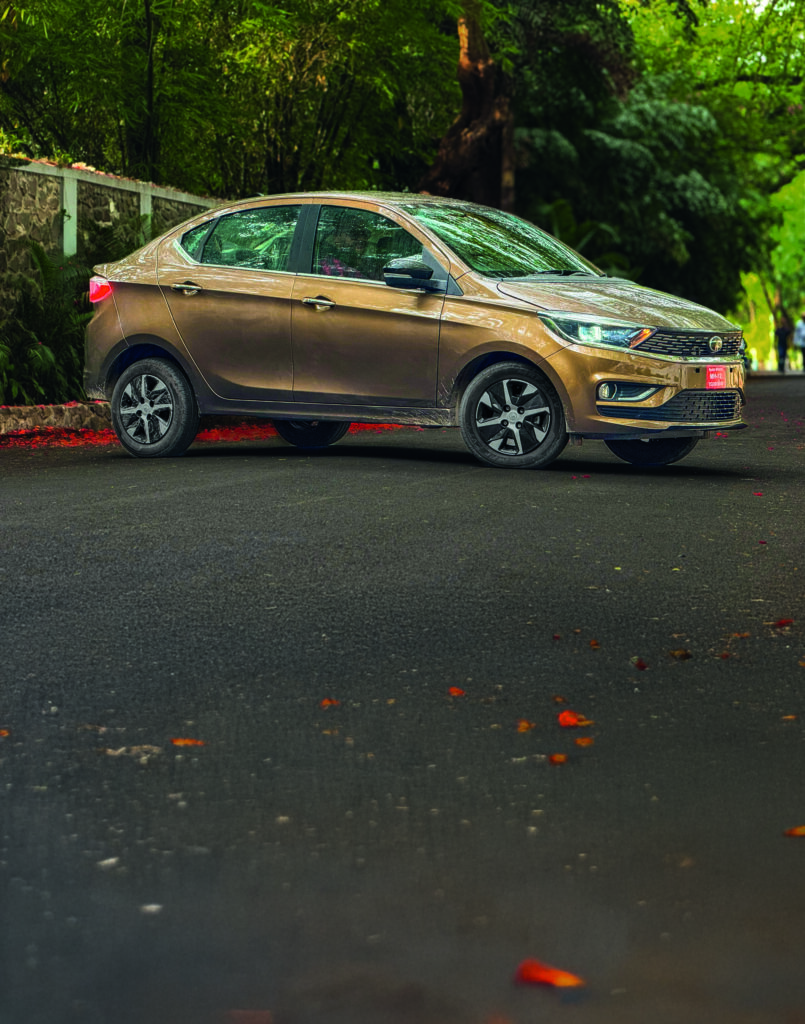
The Tigor iCNG isn’t just another fuel-efficient commuter—it’s a clever response to India’s evolving driving habits, rising fuel costs, and infrastructural realities. It offers a balance of efficiency, familiarity, and practicality, providing a greener driving experience without the high price or range anxiety of a full EV.
Design and Exterior: Subtle but Smart
At first glance, the Tata Tigor iCNG looks almost identical to its petrol sibling—and that’s intentional. Tata hasn’t tried to make it look overtly different or futuristic; instead, it stays understated, reflecting the brand’s minimalist yet purposeful design ethos. The only visual cues distinguishing it from the regular Tigor are the iCNG badges on the boot and fenders.
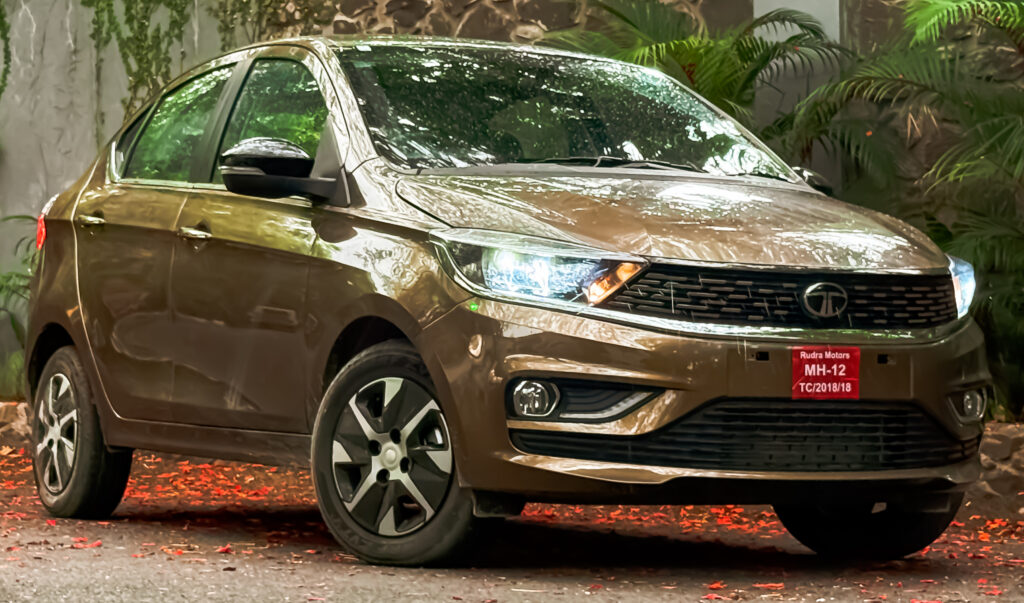
The sedan’s design continues to carry Tata’s Impact Design 2.0 philosophy, which prioritizes solid proportions and balanced stance. The sloping roofline merges neatly into the boot, giving it a notchback-like profile. The front fascia, with its chrome-accented grille, projector headlamps, and LED DRLs, maintains a clean and premium appeal. The rear, too, with its signature LED tail lamps and well-integrated bumper, exudes maturity.
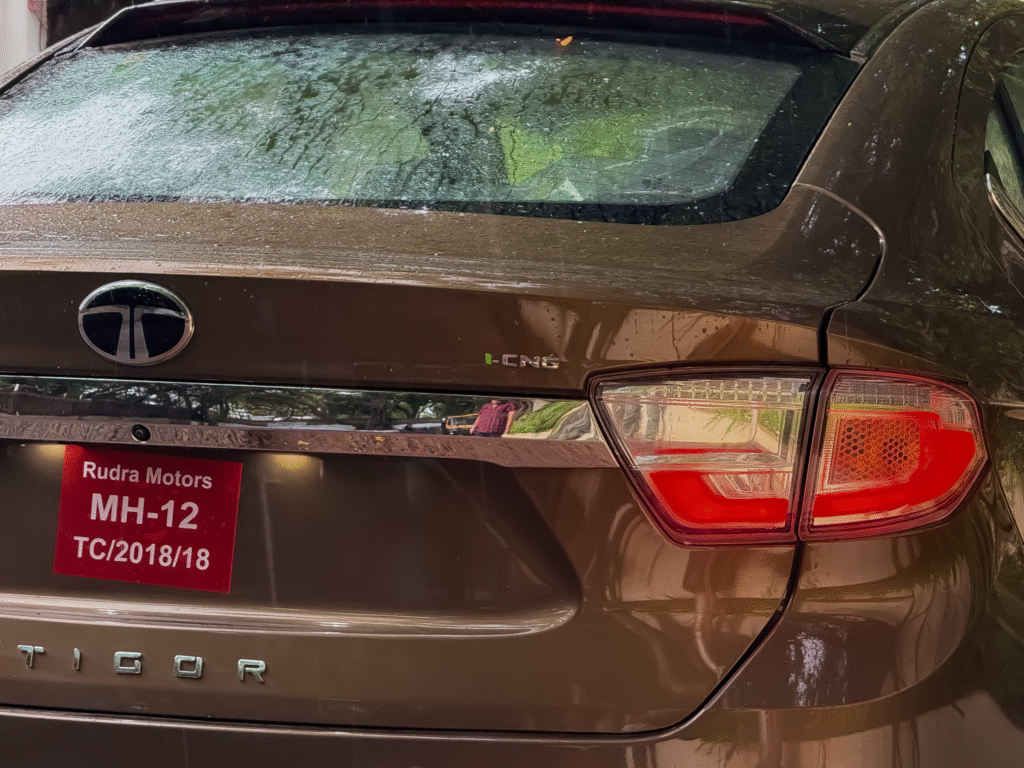
In essence, Tata’s choice to keep the Tigor iCNG visually familiar is deliberate—it’s designed for the everyday Indian driver who values simplicity, reliability, and function over flash.
Cabin and Comfort: Familiar Yet Functional
Step inside, and the Tigor iCNG’s cabin feels instantly familiar. It mirrors the petrol version’s layout but introduces subtle touches that enhance the driving experience. The CNG switchgear, conveniently placed on the center console, allows seamless toggling between petrol and CNG modes, and the transition happens so smoothly that most drivers won’t even notice.
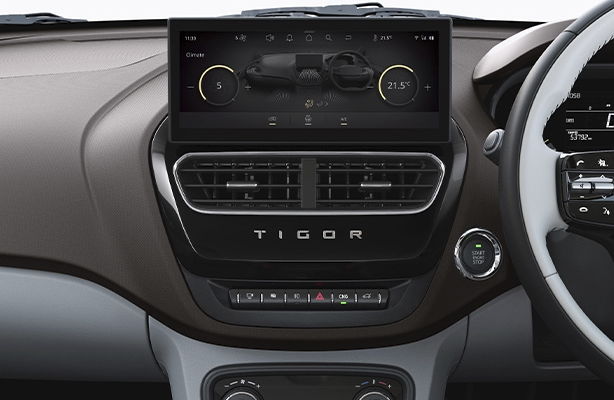
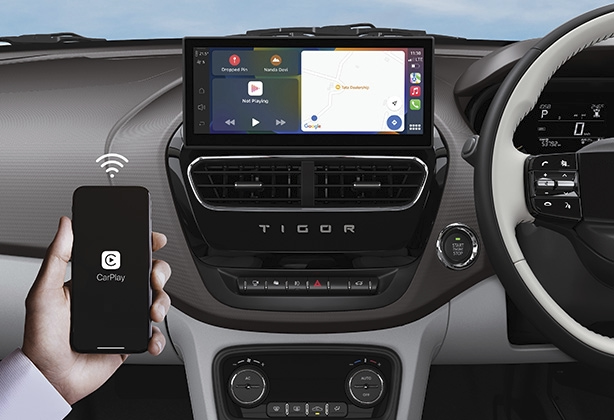
The dual-tone interior gives the cabin a sense of airiness, complemented by comfortable seats with good bolstering. Tata has also maintained its focus on cabin acoustics—the Harman Kardon 4-speaker audio system adds richness to the driving experience, offering crisp sound and impressive clarity for this segment.
The 26.03 cm touchscreen infotainment system is one of the highlights. It’s intuitive, responsive, and supports both Android Auto and Apple CarPlay. Combined with steering-mounted controls and a reverse camera, it delivers a well-rounded in-cabin experience.
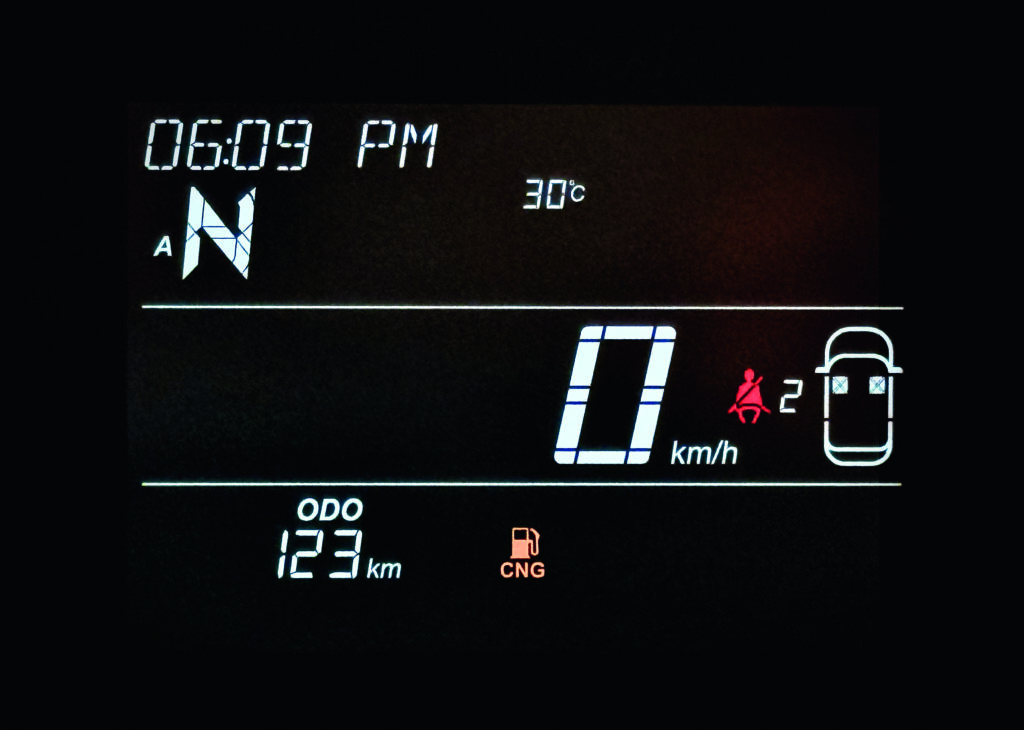
That said, the instrument cluster, though clear and functional, feels a little basic compared to some rivals that offer more vibrant displays. But where the Tigor shines is in its ergonomics and space utilization—the driving position is comfortable, the visibility is excellent, and all controls fall easily to hand.
Performance: Efficiency Meets Everyday Driveability
Under the hood, the Tata Tigor iCNG houses the tried-and-tested 1.2-litre Revotron three-cylinder petrol engine, which has been modified to handle the dual-fuel setup. In petrol mode, it produces 84.8bhp and 113 Nm of torque, while in CNG mode, output slightly dips to 74.5bhp and 95 Nm—a modest trade-off for the massive boost in fuel economy.
Mated to a 5-speed AMT gearbox, the Tigor iCNG delivers a convenient and smooth driving experience, particularly suited for city commutes. The AMT may show a hint of indecision during quick overtakes or steep inclines in CNG mode, but overall, it performs adequately for urban conditions.
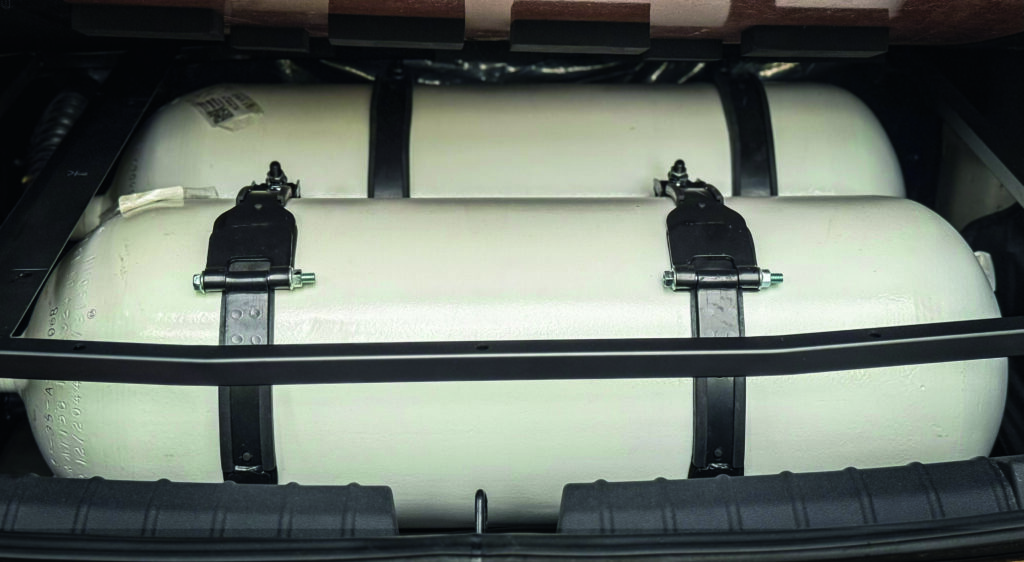
What truly stands out is how refined the CNG mode feels. Many CNG-powered cars struggle with rough idle or sluggish throttle response, but Tata’s calibration work ensures that the transition between petrol and CNG is nearly imperceptible. The throttle feels responsive, and the car maintains steady progress even in traffic-heavy scenarios.
On open roads, the Tigor iCNG cruises comfortably at triple-digit speeds, though spirited drivers might notice its limited top-end performance. The focus here is efficiency and comfort, not outright speed—and in that sense, the Tigor nails its brief.
Ride and Handling: Typical Tata Maturity
Tata Motors has long earned praise for its ride and handling balance, and the Tigor iCNG continues that tradition. The suspension setup—McPherson struts at the front and a twist-beam rear—has been tuned to handle the additional weight of the CNG tank while maintaining composure.

The sedan feels planted at highway speeds and absorbs potholes and uneven surfaces with ease. The steering is light at low speeds, making parking effortless, yet weighs up decently as the pace increases, lending confidence through corners.
The braking setup, consisting of front discs and rear drums, is progressive and predictable, ensuring smooth deceleration without drama. Combined with the solid body structure that Tata is known for, the Tigor iCNG exudes a sense of security that’s rare in compact sedans.
Safety: Built on Trust
Tata’s safety standards have become a benchmark in the segment, and the Tigor iCNG benefits from that reputation. Based on the same platform as the 4-star GNCAP-rated Tigor, this variant carries forward key safety features such as dual airbags, ABS with EBD, rear parking sensors, corner stability control, and a reinforced safety shell.Additionally, Tata’s high-pressure CNG system features leak detection sensors, thermal incident protection, and automatic cut-off valves that immediately shut the CNG supply in case of a crash or leak. The placement of the CNG cylinders and valves is also well-engineered to ensure safety during impact, further reassuring buyers who may have reservations about CNG-powered cars.
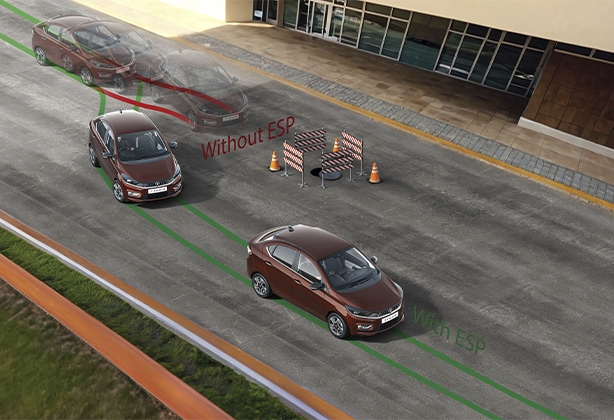
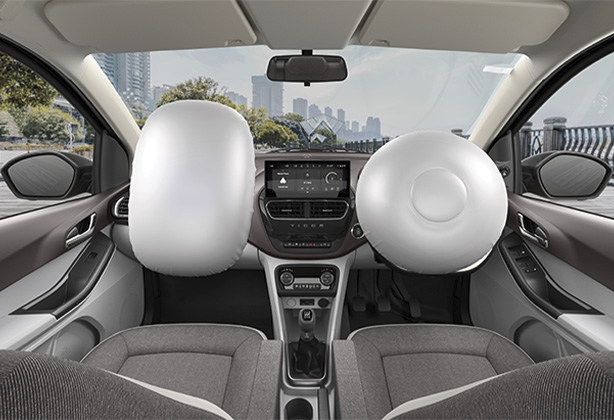
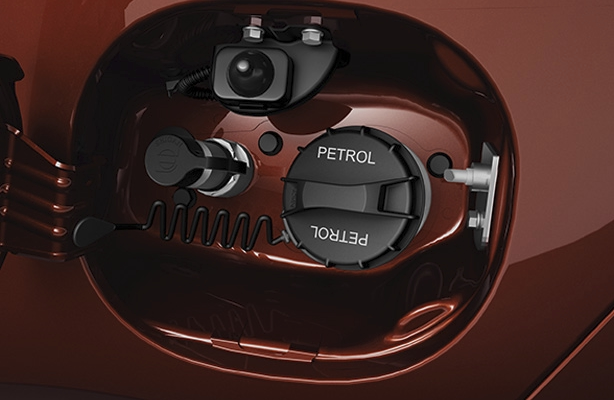
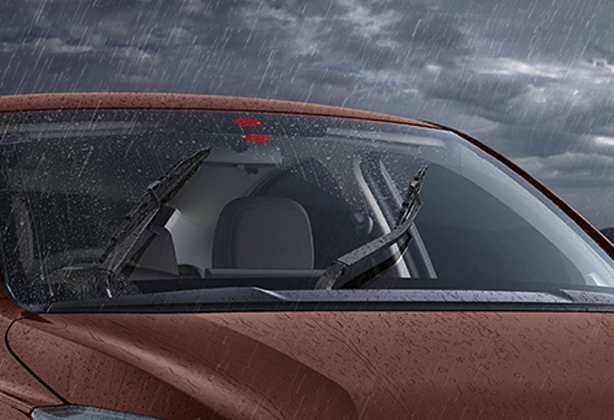
Practicality and Boot Space
If there’s one area where the Tigor iCNG falls short, it’s practicality. The placement of the twin CNG tanks in the boot significantly reduces luggage capacity, making long trips with heavy baggage a challenge. However, for city commuters or small families, the available space is adequate for everyday use.On the upside, Tata’s dual-cylinder technology allows for better weight distribution and easier refueling access, while maintaining reasonable fuel storage. It’s a compromise—but one that feels manageable given the fuel cost savings and extended range on CNG.
Fuel Efficiency and Running Costs
Efficiency is where the Tigor iCNG truly shines. Tata claims an impressive 26.49 km/kg of mileage in CNG mode, which translates into extremely low running costs. Even factoring in the rising CNG prices in certain regions, the cost per kilometer remains far lower than petrol counterparts.
For a daily commuter averaging around 1,000 km a month, the savings can be significant over time—making it a genuinely economical choice for those looking to reduce their fuel expenses without sacrificing convenience.
Variants, Pricing, and Value Proposition
Available in XZA and XZA+ trims, the Tigor iCNG AT is priced between ₹8.18 lakh and ₹8.73 lakh (ex-showroom). The MT CNG variants start at ₹8.13 lakh for the XT trim and go up to ₹8.69 lakh for the XZ+ trim with a manual gearbox. That’s nearly ₹4,000 cheaper than the AMT variant and almost ₹4 lakh less than the Tigor EV’s starting price, positioning it as a highly attractive middle ground.
For many urban buyers, the equation is simple: EVs are appealing but still limited by infrastructure and upfront costs. On the other hand, petrol cars feel increasingly expensive to run. The Tigor iCNG bridges this gap perfectly—offering the environmental benefits and cost-effectiveness of an alternative fuel without demanding lifestyle changes.
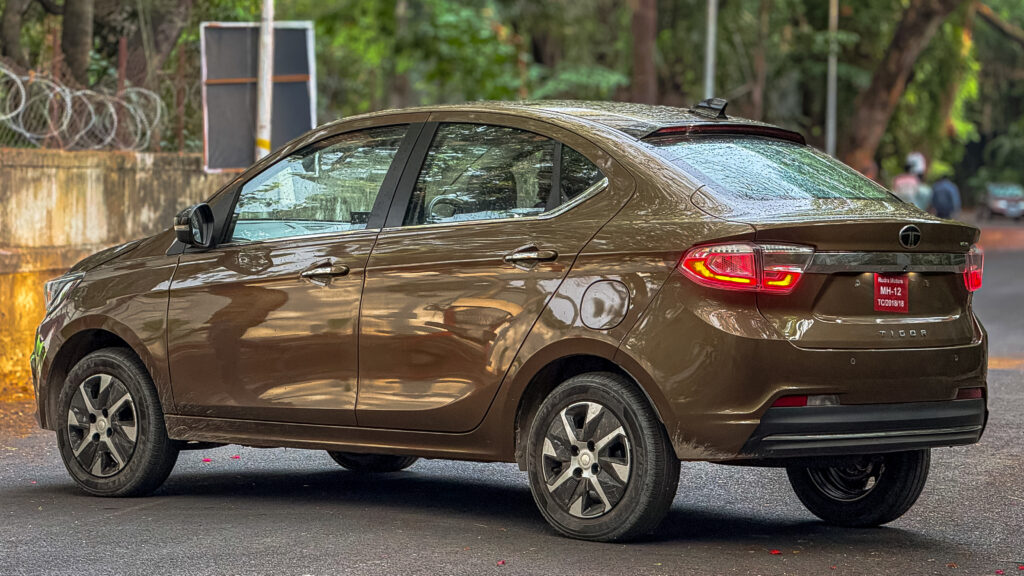
Verdict: The Sensible Step Forward
The Tata Tigor iCNG may not be the flashiest or fastest compact sedan in its class, but it delivers where it matters most. It’s affordable to buy, cheap to run, and built with Tata’s characteristic focus on safety and comfort.
Yes, the boot space is compromised, and the AMT could use a touch more polish—but these are small trade-offs in an otherwise well-rounded package. The Tigor iCNG represents the pragmatic future of Indian mobility, catering to a market that values practicality as much as progress.
It’s for those who want to drive greener without range anxiety, who value everyday comfort over flashy speed, and who appreciate engineering that makes sense, not noise.
At its core, the Tata Tigor iCNG is a sensible, sustainable, and wallet-friendly urban companion—one that quietly proves that the road to electrification doesn’t have to be an all-or-nothing journey. Sometimes, the smartest step forward is simply the middle one.

